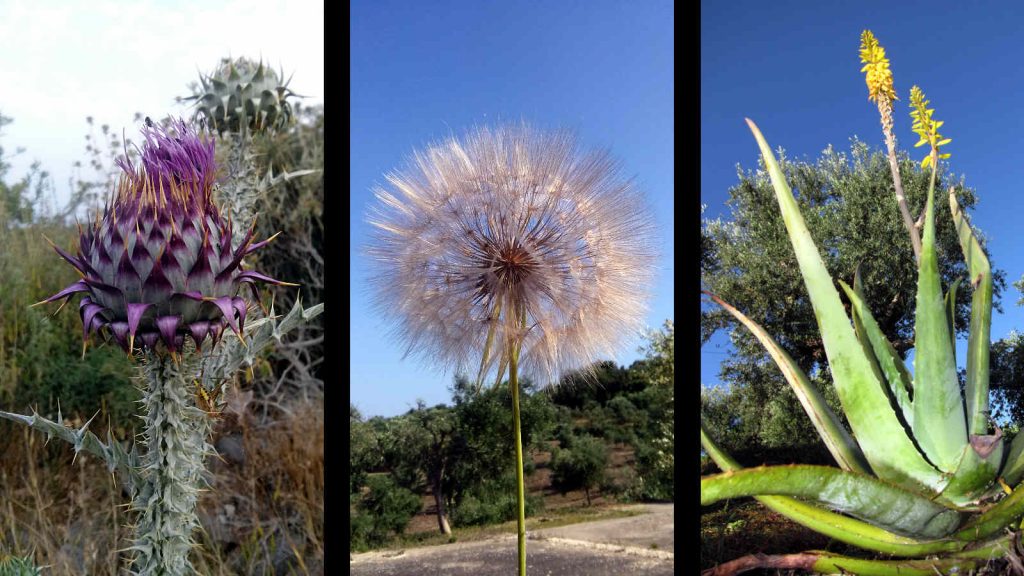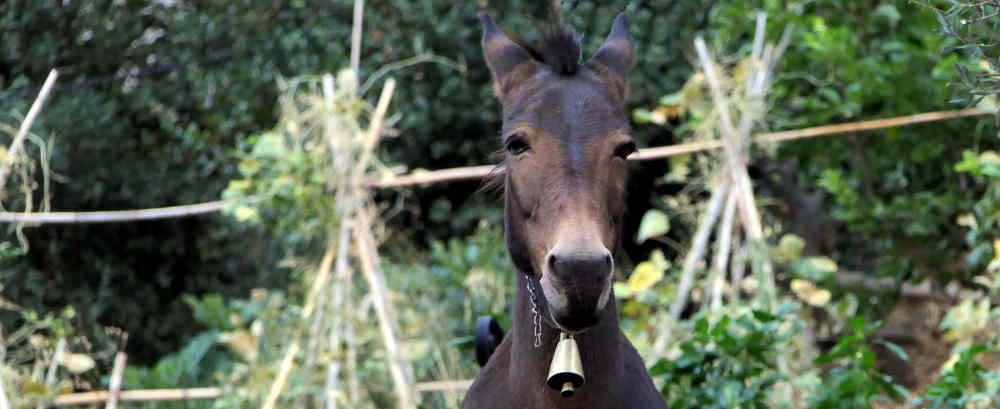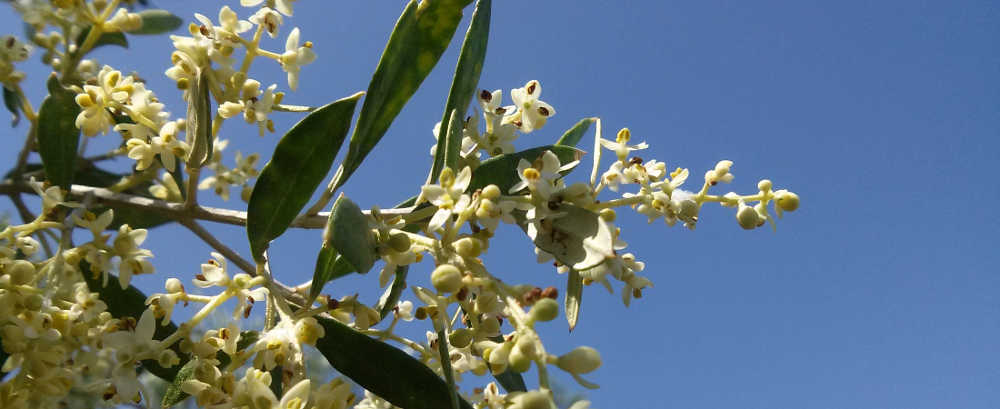syntropic farming
is an individually evolved setting for cultivating plants for a living AND restoring the environment. Due to its huge biodiversity it offers very good conditions for bees and insects. Ernst Götsch developed methods to successfully implement syntropic farming in various climate conditions.
Ernst Götsch, https://agendagotsch.com/en/ernst-gotsch/
Wouldn’t we achieve greater results if we sought ways of cultivation that favor the development of plants, rather than creating genotypes that support the bad conditions we impose them?
not only changing cultivation methods but also minds
Dayana Andrade, https://agendagotsch.com/en/what-is-syntropic-farming/
In Syntropic Farming, holes become nests, seeds become genes, weeding becomes harvesting, the competition gives way to cooperation and pests and diseases are seen as the “agents from the department of optimization of life processes”. These and other terms do not arise by chance, but rather derive from a change in the way we see, interpret and relate to nature.
regeneration by use
Dayana Andrade, https://agendagotsch.com/en/what-is-syntropic-farming/
Syntropic Agriculture is constituted by a theoretical and practical setting in which the natural processes are translated into farming interventions in their form, function, and dynamics. Thus we can talk about regeneration by use, since the establishment of highly productive agricultural areas, which tend to be independent of inputs and irrigation, results in the provision of ecosystem services, with special emphasis on soil formation, regulation of microclimate and the favoring of water cycles. That way, agriculture is synced with the regeneration of ecosystems.

adequate conditions instead of substitution
Dayana Andrade, https://agendagotsch.com/en/what-is-syntropic-farming/
Many of the sustainable farming practices are based on the logic of input substitution. Chemicals are replaced with organic, plastics with biodegradable materials, pesticides with all sort of preparations. However, the way of thinking is still very close to that one they oppose. In common, they combat the consequences of the lack of adequate conditions for healthy plant growth. Syntropic Agriculture, on the other hand, helps the farmer replicate and accelerate the natural processes of ecological succession and stratification, giving each plant the ideal conditions for its development, placing each one in their “just right” position in space (strata) and in time (succession). It is process-based agriculture, rather than input-based. In that way, the harvest is seen as a side effect of ecosystem regeneration, or vice versa.




